Global coffee production experiences tectonic shifts time and time again. In recent decades, examples might include the emergence of Chinese arabica or Vietnamese robusta, or the disappearance of stocks in various parts of Latin America due to leaf rust.
Such monumental shifts are often the result of action or reaction from entire coffee-producing countries or regions, whether it be related to climate change, change in political policy or merely economic development.
Earlier this week, we shared our biggest news stories from origin in 2018. Here we attempt to highlight some of the bigger feature stories from origin, shining a light on countrywide initiatives or issues in the interest of gaining a better understanding of what tectonic shifts may well be coming next:
Origin Approach: Exploring Costa Rica’s Fertile Specialty Coffee Landscape
Historically speaking, the Costa Rican coffee sector can be characterized by consistency. Ideal growing conditions, a stable political climate, a mature regulatory framework supporting arabica cultivation, and key support from major buyers such as Starbucks, Nespresso and Illy have all helped Costa Rica maintain a strong position on the global coffee map. Yet things are changing.
Tanzania Coffee Farmers and Traders Face Stark New Regulatory Reality
As this year’s harvest approaches, Tanzania coffee farmers and traders are facing a stark new reality, and it remains to be seen how the market and the actors involved will navigate the new regulations, or what effect the new system will have on the specialty market. It’s the latest chapter in the long, complex history of Tanzania’s coffee sector.
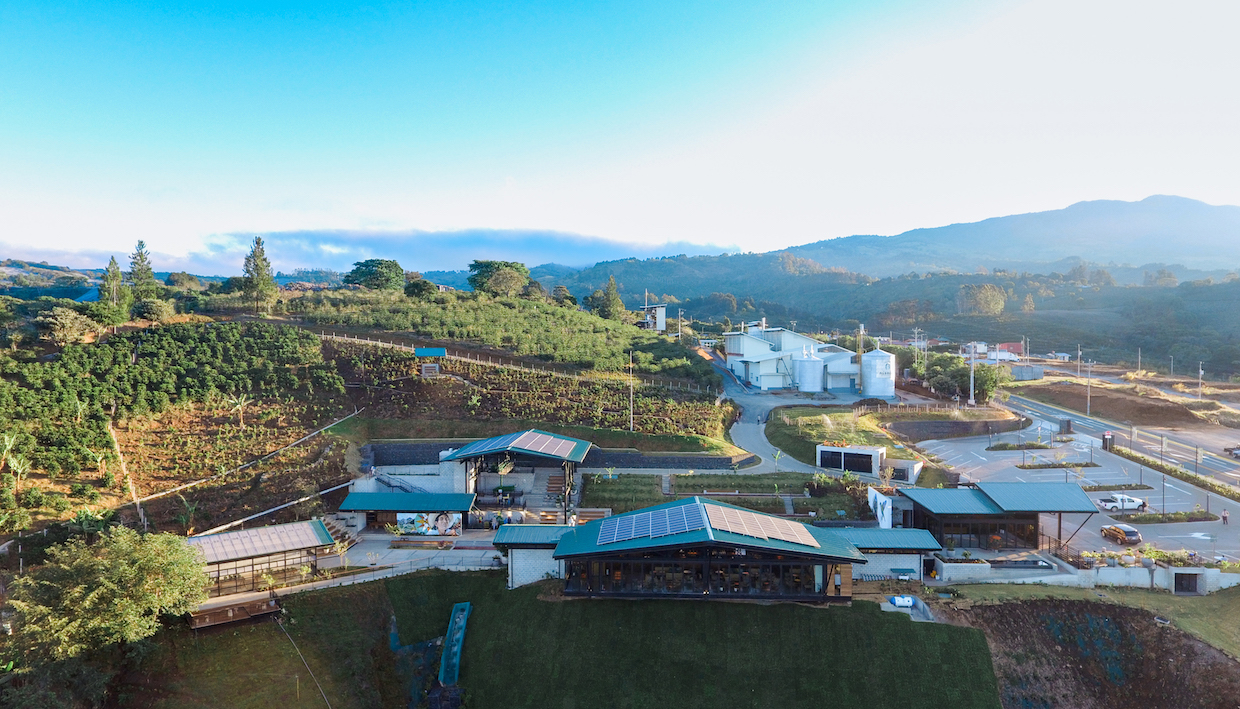
The Starbucks Hacienda Alsacia Visitors Center is shown at the Costa Rica coffee farm. Photo by Joshua Trujillo, courtesy of Starbucks.
Starbucks Opens its Spectacular Costa Rican Coffee Farm to the Public
Starbucks purchased the 240-hectare (600-acre) coffee farm, called Hacienda Alsacia, in Alajuela near the country’s capital city San Jose in 2013. One of nine farmer support centers currently operated by the company, the farm remains in essence the company’s global headquarters for agronomy research and development.
Developing Themselves: Washing Stations and Women’s Empowerment in Rwanda
Surrounded by warm sunshine and cool green hills in the Southern Province of Rwanda, a woman coffee producer stands, surrounded by her peers. They are congregated at the washing station where they have expertly processed their coffee cherries for the past two harvest seasons.
Weathering the Storm: A Coffee Crisis Threatens Farmers Throughout Nicaragua
In a typical year in Nicaragua, as the harvest comes to an end in late March or early April, the weather remains dry and hot until mid or late May, when the rains come. This is good for the coffee plants, as it produces stress that results in strong flowering for the next year’s production and allows the flower to produce fruit before the rains come. But last year, as the harvest came to an end, the weather remained unseasonably cool, and the rains came early.
At TECNiCAFÉ, Technology and Innovation for a New Generation
After traveling 20 minutes from Popayán, a sprawling, historic city in Western Colombia, I surveyed the land before me and pondered the immense change that has taken place. Just a few years ago, this location surrounded by verdant rolling hills within sight of the Puracé volcano was an active conflict zone. Now it’s the site of TECNiCAFÉ, a science and technology park that holds much promise for the future of Colombian coffee.
From Kona, Greenwell Farms Takes Hawaiian-Born Hybrid Mamo to Market
Longtime Kona, Hawaii-based coffee estate Greenwell Farms has publicly released an Arabica cultivar called Mamo, pitching it as a uniquely Hawaiian offering — one that’s found nowhere else in the world. Such exclusivity carries with it a formidable price tag, as Greenwell Farms is selling 12-ounce bags of the Mamo coffee ground or in whole bean form for $75 plus shipping.
Coffee in India: A Complex History and a Promising Future
Coffee grown in the forests of India, the world’s sixth largest producer of coffee, is cultivated under thick canopies in the Western Ghats — a UNESCO World Heritage siteand one of the world’s most important biodiversity hotspots.
Uganda’s Plan to Become One of the World’s Biggest Coffee Producers
Thanks to an aggressive sector-wide growth strategy, Uganda is positioning itself to be the next Vietnam in terms of global production and exports. While the strategy has been in place for several years, the saliency of the ongoing efforts was made abundantly clear in a field trip to Uganda last month.
Nick Brown
Nick Brown is the editor of Daily Coffee News by Roast Magazine.



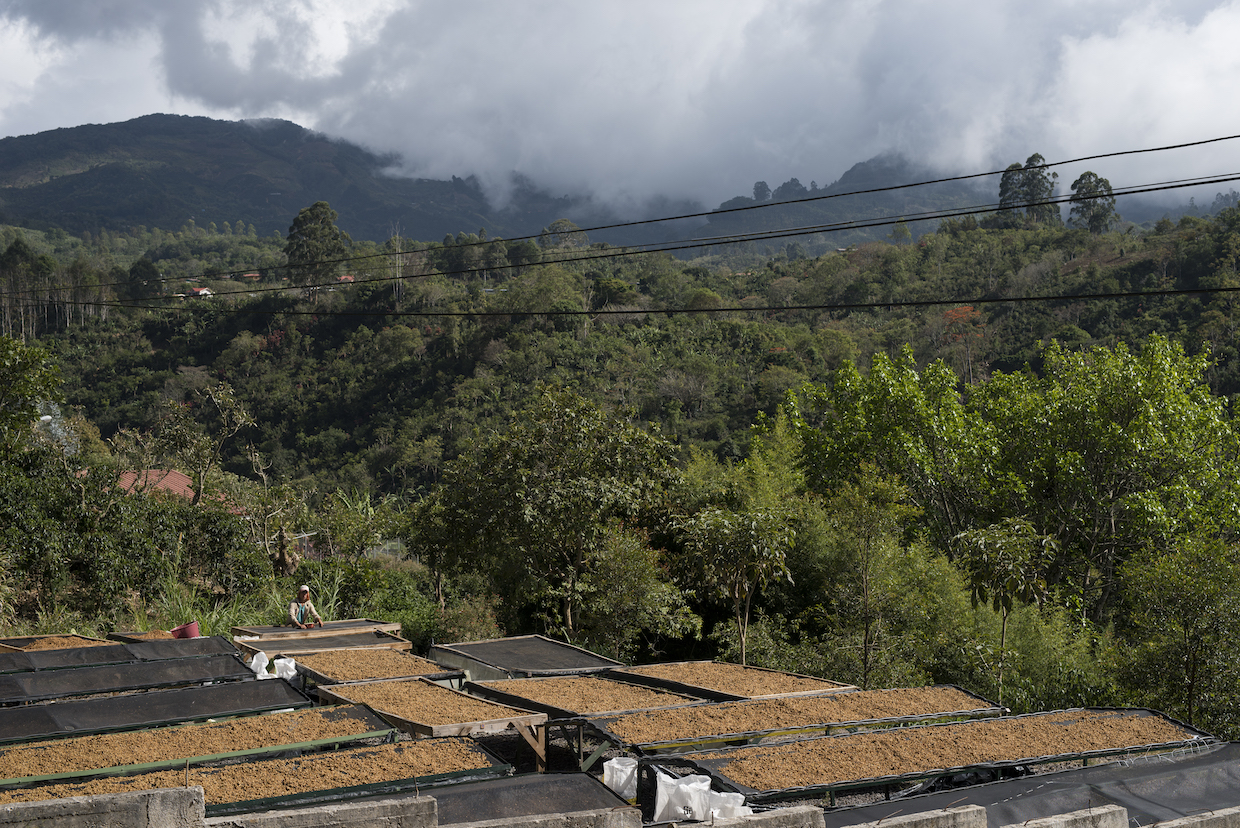
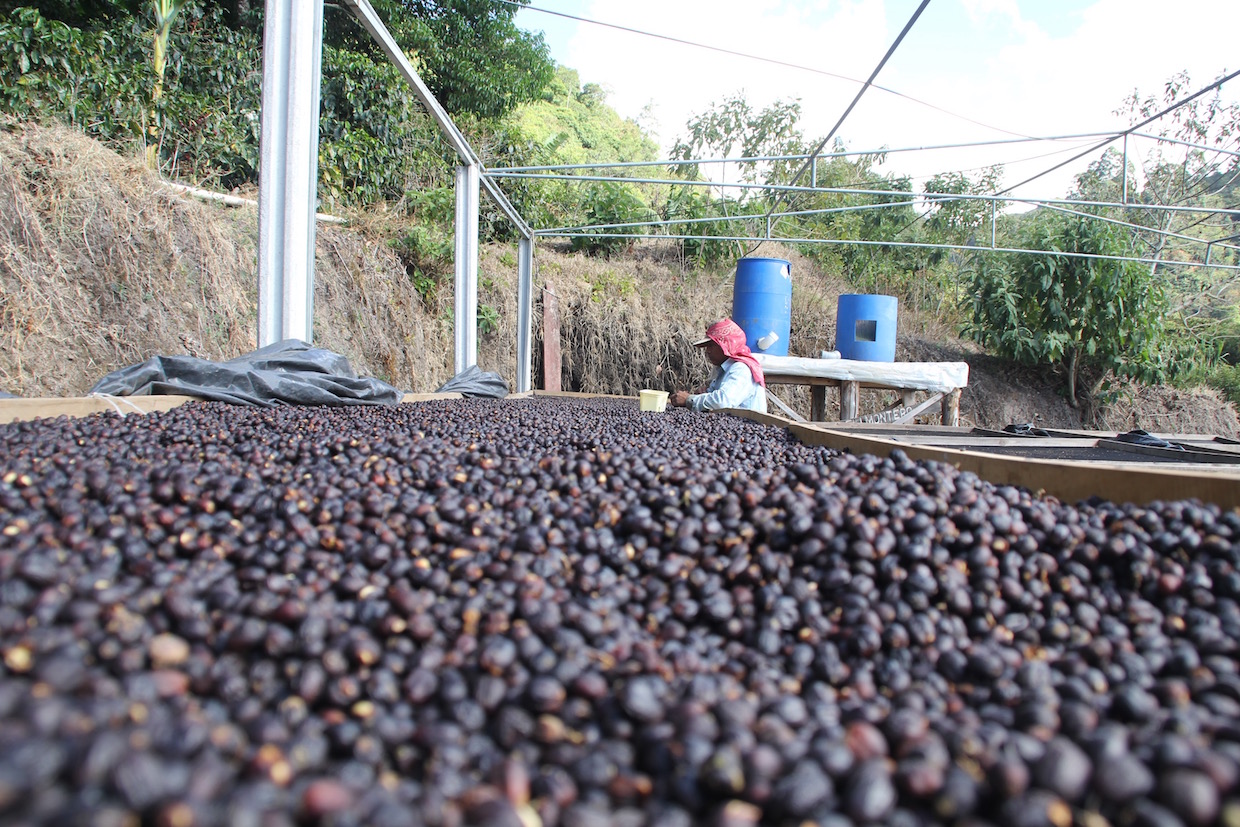

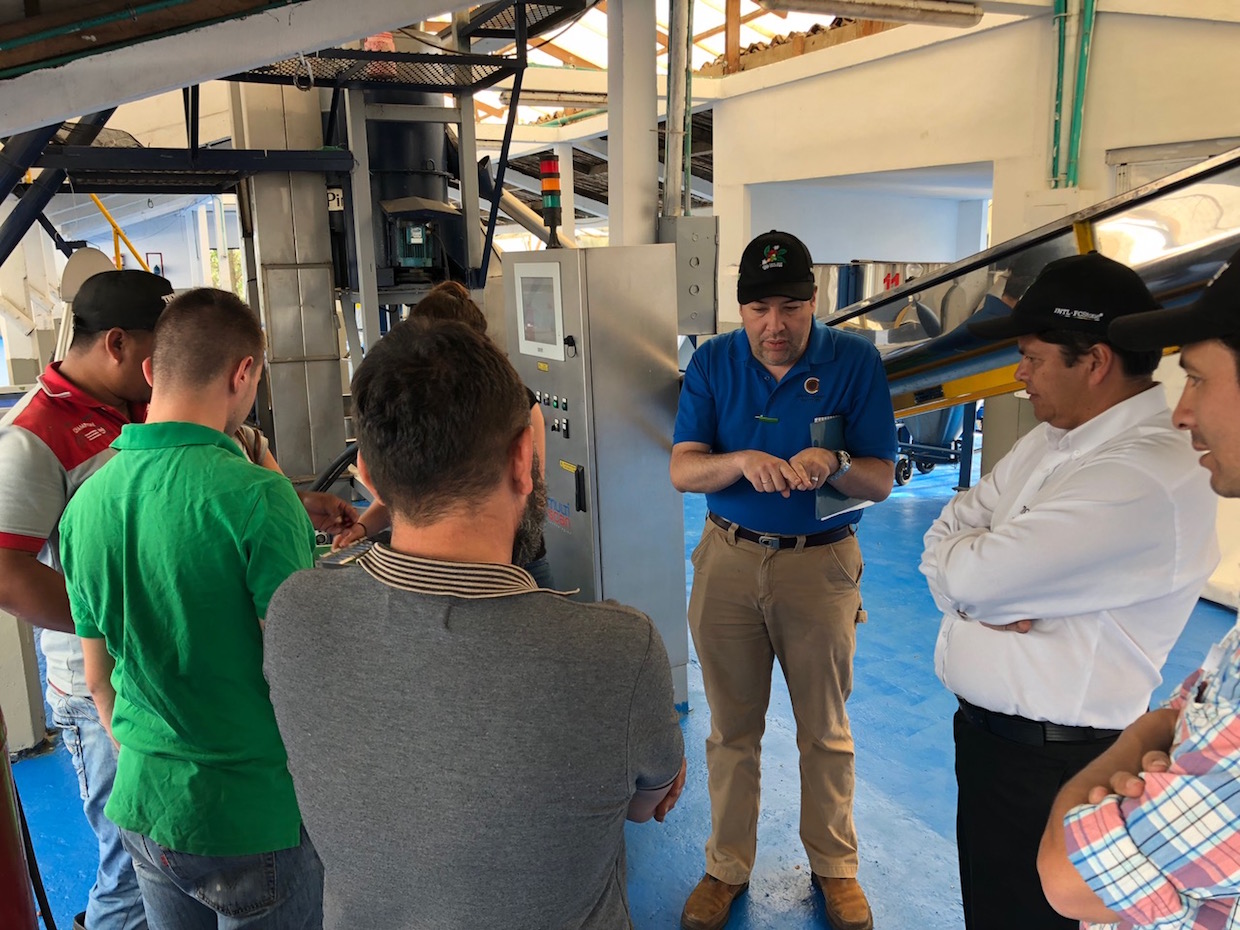
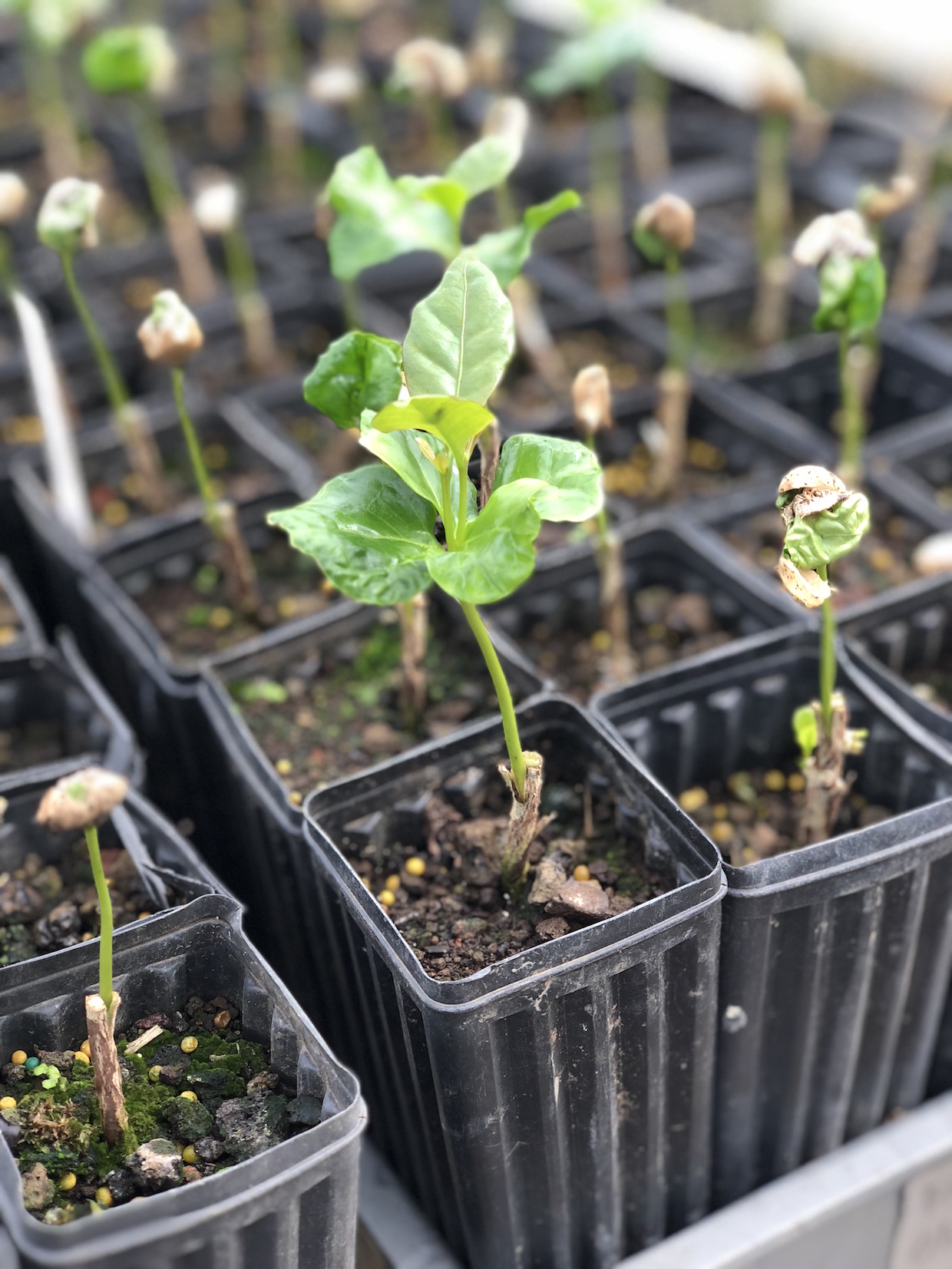



Comment